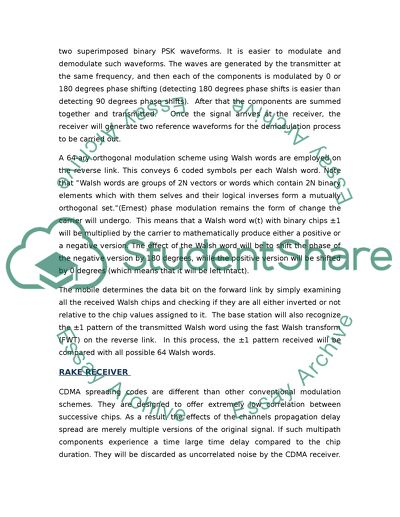Cite this document
(Code Division Multiple Access Assignment Example | Topics and Well Written Essays - 1000 words, n.d.)
Code Division Multiple Access Assignment Example | Topics and Well Written Essays - 1000 words. https://studentshare.org/information-technology/1532418-cdma
Code Division Multiple Access Assignment Example | Topics and Well Written Essays - 1000 words. https://studentshare.org/information-technology/1532418-cdma
(Code Division Multiple Access Assignment Example | Topics and Well Written Essays - 1000 Words)
Code Division Multiple Access Assignment Example | Topics and Well Written Essays - 1000 Words. https://studentshare.org/information-technology/1532418-cdma.
Code Division Multiple Access Assignment Example | Topics and Well Written Essays - 1000 Words. https://studentshare.org/information-technology/1532418-cdma.
“Code Division Multiple Access Assignment Example | Topics and Well Written Essays - 1000 Words”. https://studentshare.org/information-technology/1532418-cdma.


